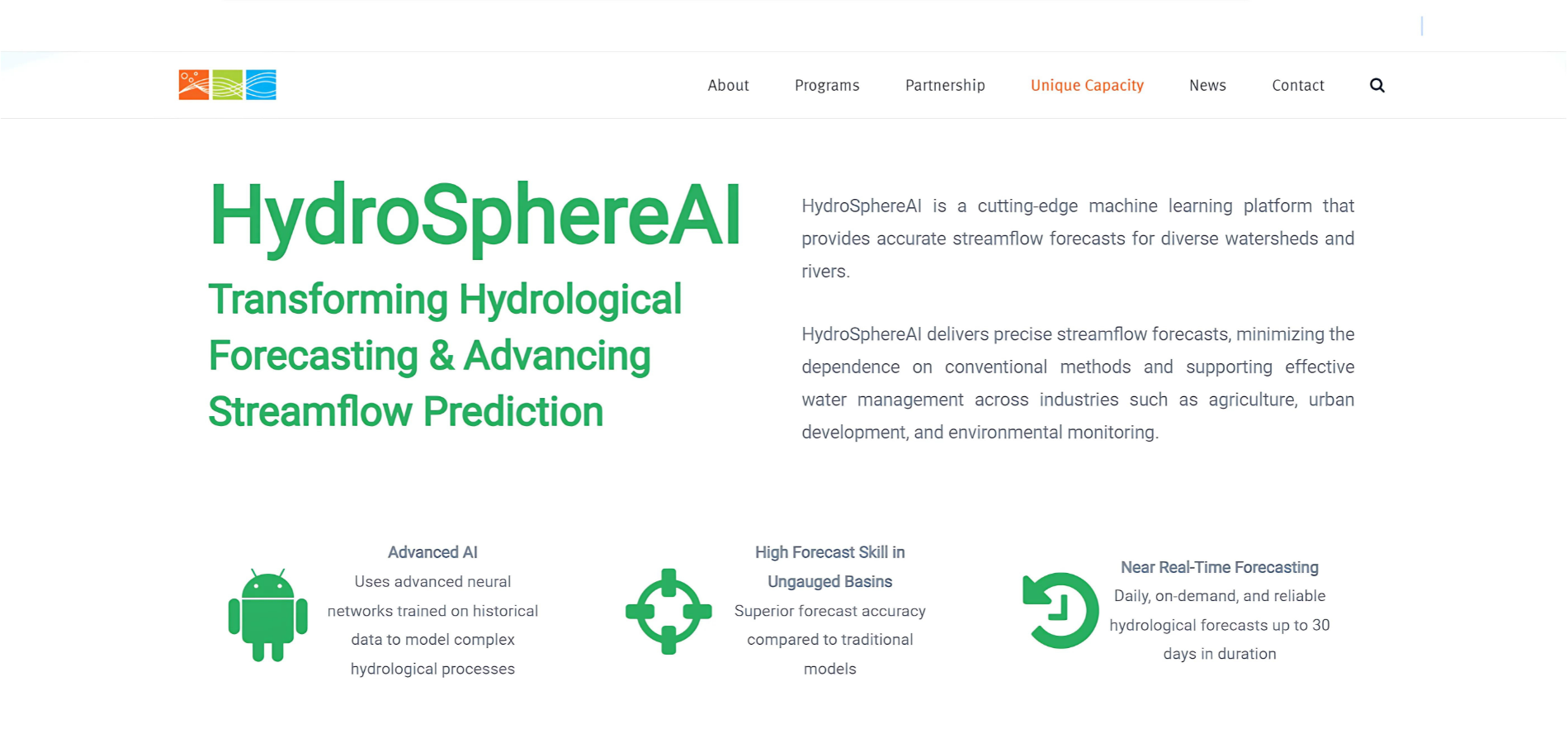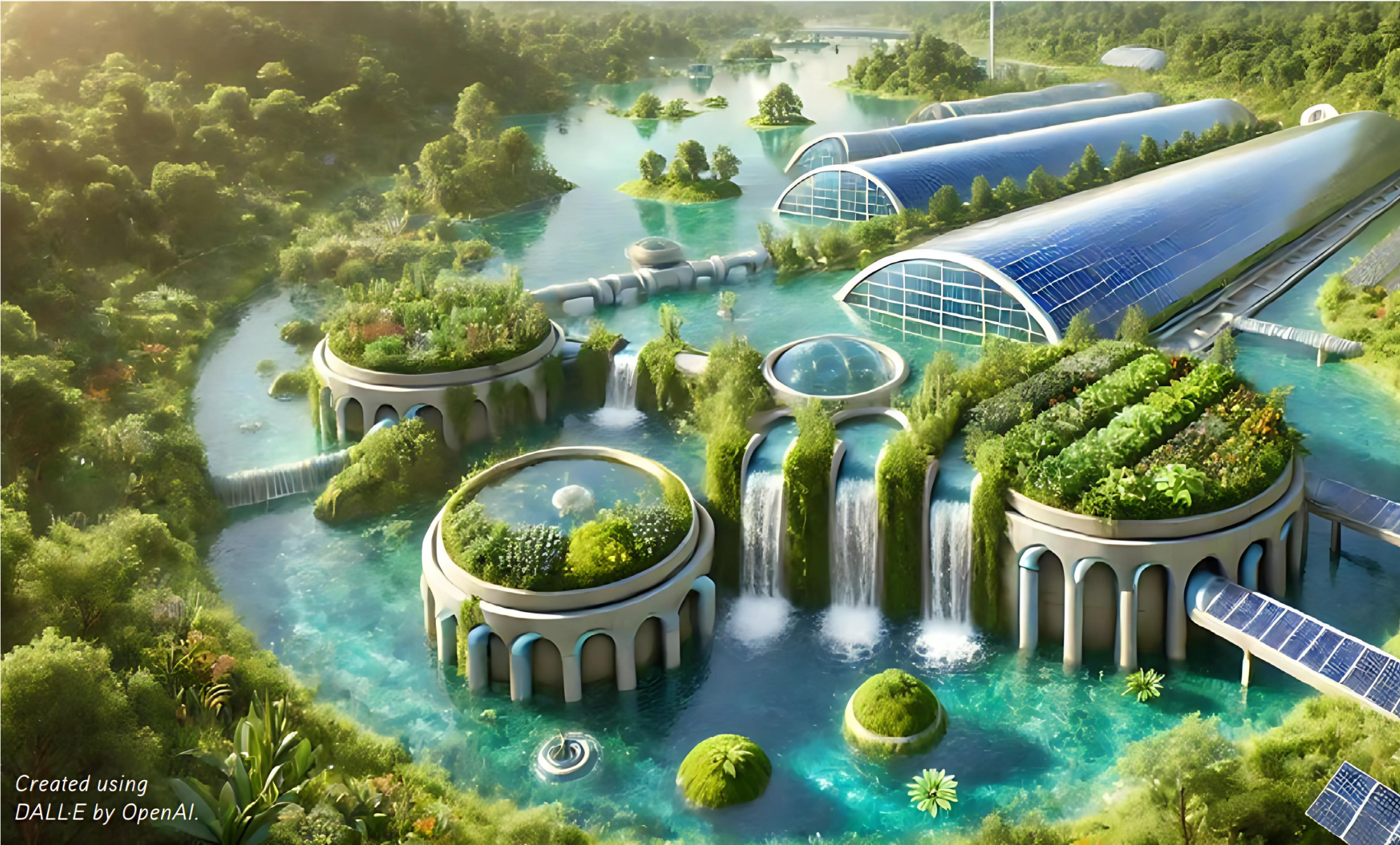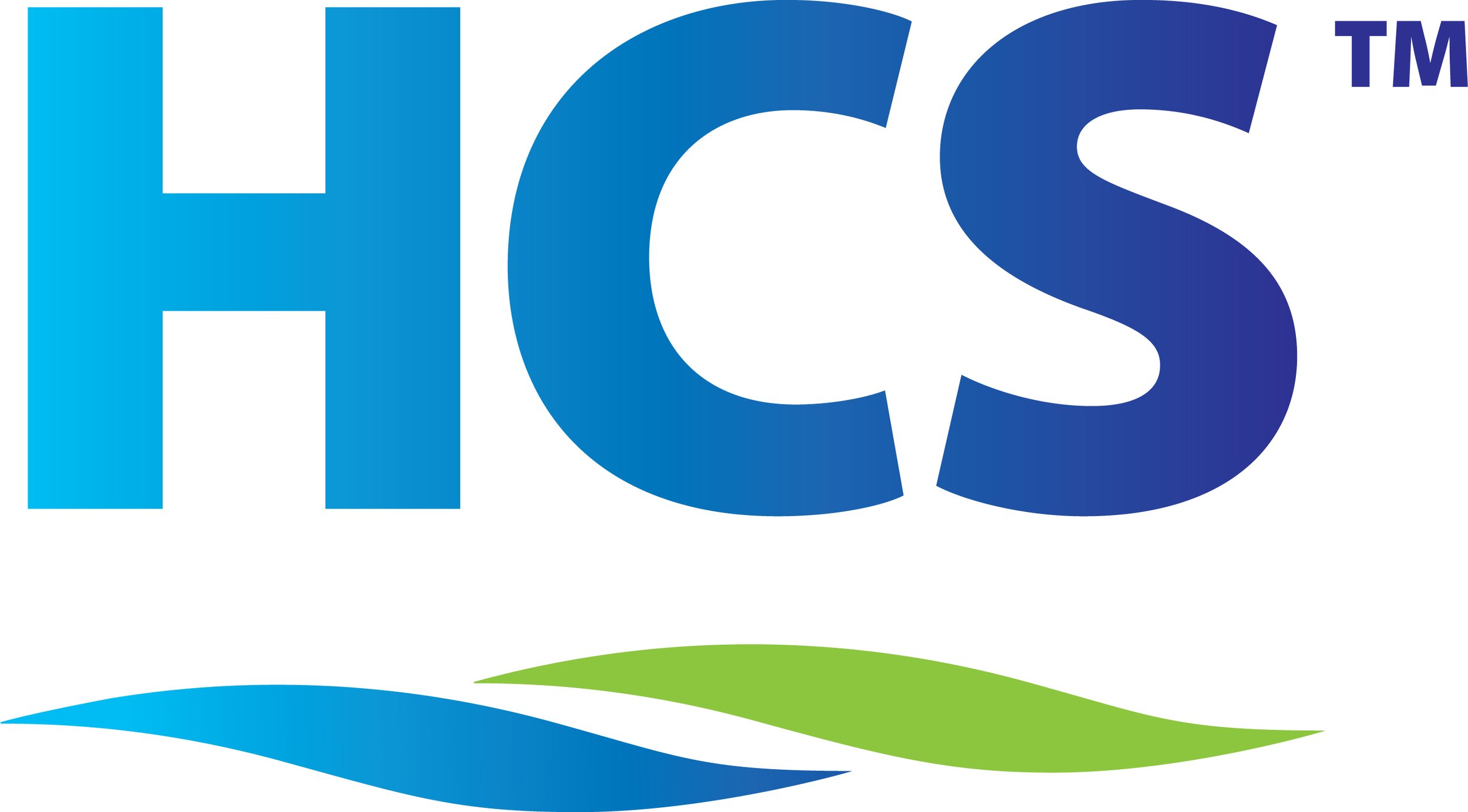

HydroSphereAI Selected as Finalist for New Tech Award - Water Canada Awards
Aquanty Inc. is proud to announce that we have once again been selected as a finalist for the New Tech Award at the 2025 Water Canada Awards for our cutting-edge, machine-learning-based streamflow forecasting system, HydroSphereAI.

HydroSphereAI Case Study: Sauble River at Allenford — Spring Melt 2025
Using HydroSphereAI to anticipate and understand flood risks in real time and in retrospect. In late March and in the first days of April 2025, the Grey Sauble Conservation Authority issued an “All Watersheds” Flood Watch in anticipation of significant rainfall and elevated flows. A forecasted weather system was expected to bring up to 50 mm of total precipitation, following weeks of already saturated conditions. For the Sauble River at Allenford (Station 02FA004), this setup resulted in two distinct streamflow peaks within a five-day span— first on March 30, then again on April 3. Looking at both peaks, HydroSphereAI consistently delivered strong performance in predicting the structure and timing of the events.

HydroSphereAI: Next-Generation Hydrological Forecasting & AI-Driven Insights for a Changing Climate
We’re excited to share the recording of our recent webinar, HydroSphereAI: Machine Learning-Driven Insights and Hydrological Forecasting in a Changing Climate.
This session offers a deep dive into how cutting-edge machine learning approaches are transforming streamflow prediction and hydrological forecasting across Canada.

The Impact of SW-GW flow interactions for regional scale simulation of hydraulic heads: application in the south Quebec regional hydro system - Aquanty Webinar
A recording of our November 19th, 2024 webinar is now released.
This insightful session unpacks how the interplay between surface water (SW) and groundwater (GW) influences the accuracy of hydraulic head simulations in Southern Quebec, a region with significant water management challenges.

Assessing Groundwater and Surface Water Contributions to Evapotranspiration in a Semi-Arid Watershed - Aquanty Webinar
A recording of our October 30th, 2024 webinar is now released.
This session delves into how groundwater (GWET) and surface water (SWET) shape actual evapotranspiration (AET) dynamics in the North Saskatchewan River Basin— a vital area for understanding water balance in semi-arid regions.

HydroSphereAI featured in OWC’s Innovation Showcase
We’re proud to share that Aquanty’s cutting-edge hydrological forecasting tool HydroSphereAI is now featured in the Ontario Water Consortium (OWC) Innovation Showcase. The OWC highlights our machine-learning based streamflow forecasting tool, designed to address the complex water management challenges of today and position Aquanty as a leader in hydrological forecasting solutions.

“Homegrown Technologies Could Play a Key Role in the World’s Water Future” - Aquanty Featured in CWRA’s Water News Magazine
We’re proud to share that Aquanty has been highlighted in a recent issue of the CWRA’s Water News Magazine. This article explores the innovative tools we’ve developed to tackle 21st-century water resource challenges, positioning Aquanty as a leader in hydrologic system modelling both in Canada and internationally.

Announcing HydroClimateSight - Aquanty’s comprehensive suite of web services
As we continue to develop new technologies, we’ve realized the necessity to reformulate the way that these technologies are presented/communicated to our stakeholders. With that in mind, we’re here to announce the rebirth of our suite of web-based technologies as HydroClimateSight (HCS). HCS brings all of our technologies together under a common umbrella, providing users with a comprehensive suite of tools to support decision making with best-in-class, physics and AI-based hydro-climatological forecasting. Read-on to learn more about the unique value that Aquanty can offer by combining a comprehensive suite of weather, climate and hydrological prediction tools.

Intro to HGS-PDAF (version 1.0) - Aquanty Webinar
A recording of our August 12st, 2024 webinar is now released.
In this recording of our recent webinar, we introduced HGS-PDAF (version 1.0)—a groundbreaking tool that enhances hydrological modeling through the integration of real-time data assimilation.
Aquanty Selected as Finalist for New Tech Award for Machine-Learning Based Streamflow Forecasting
Aquanty Inc. is proud to have been selected as finalists for the New Tech award at the annual Water Canada Awards. This award recognizes a groundbreaking new product at the forefront of technological innovation in the Canadian water sector.
